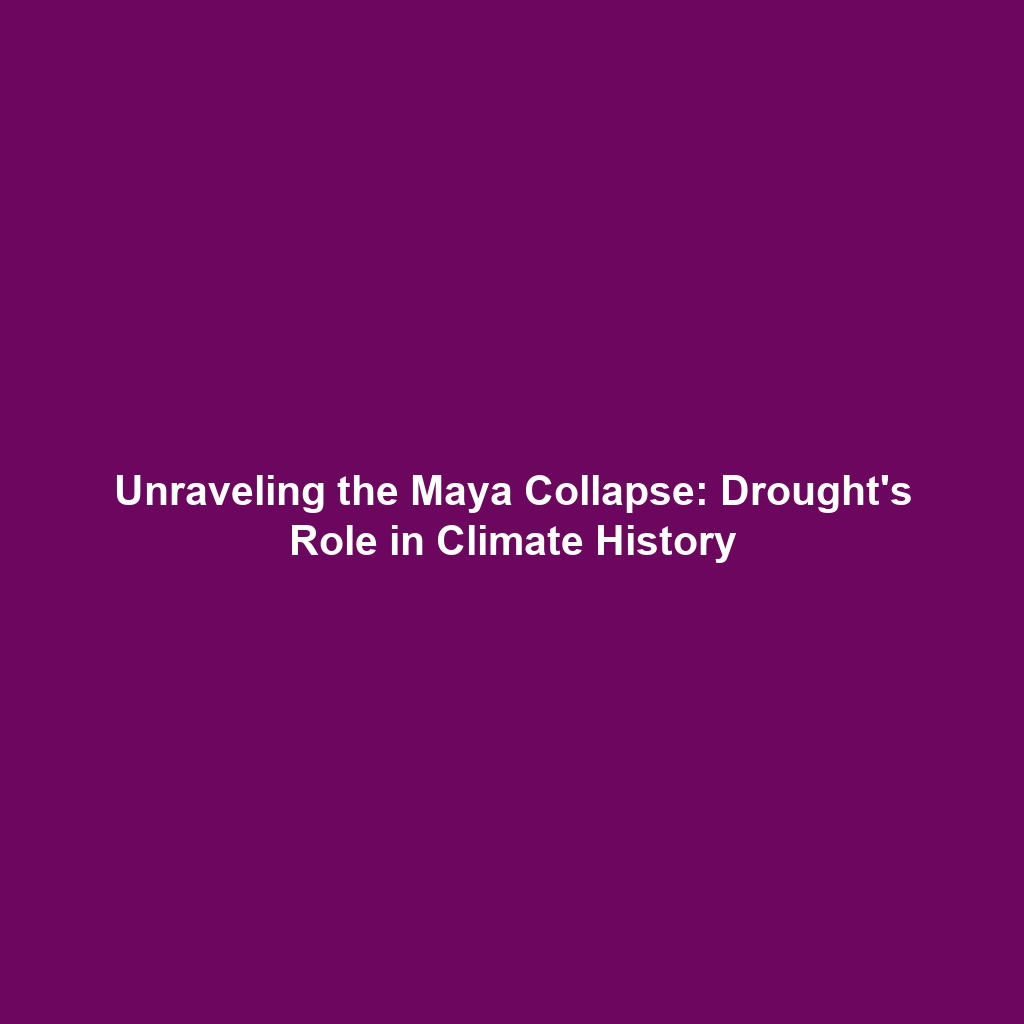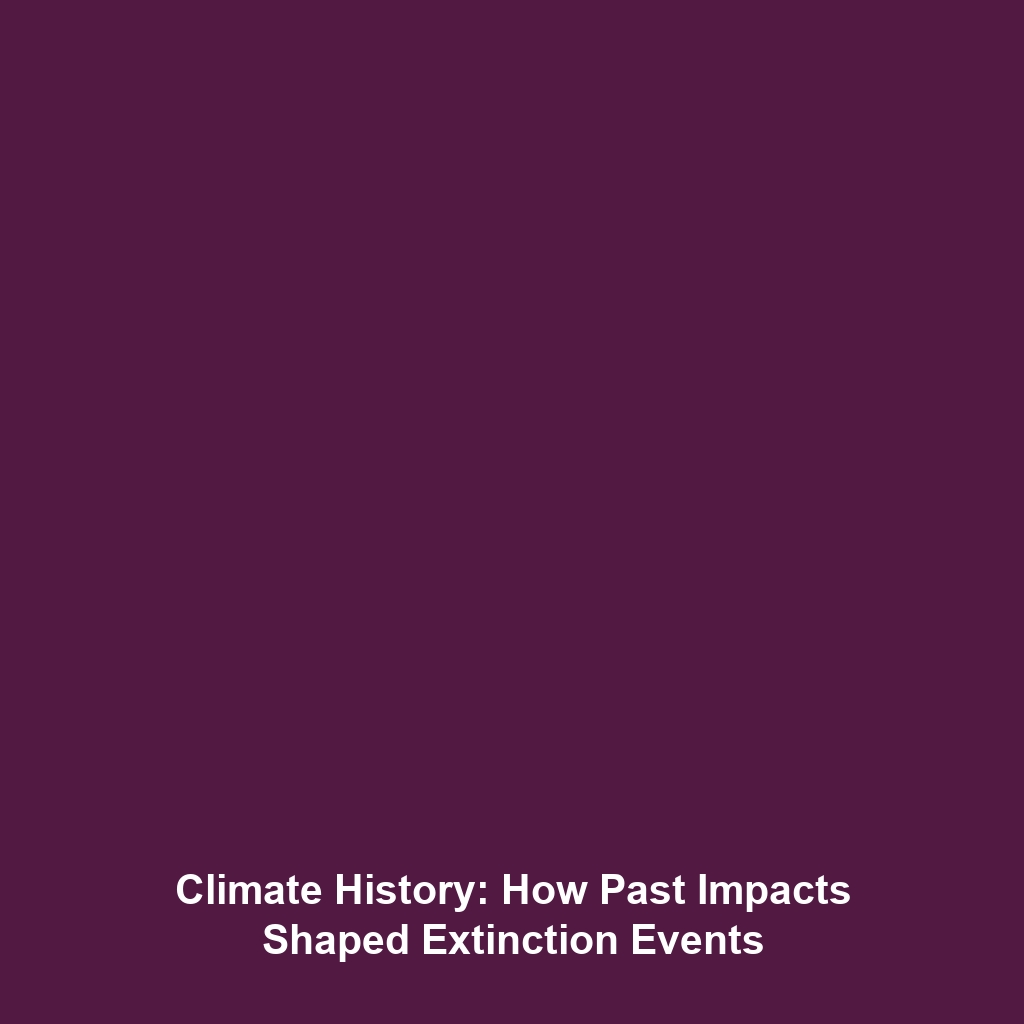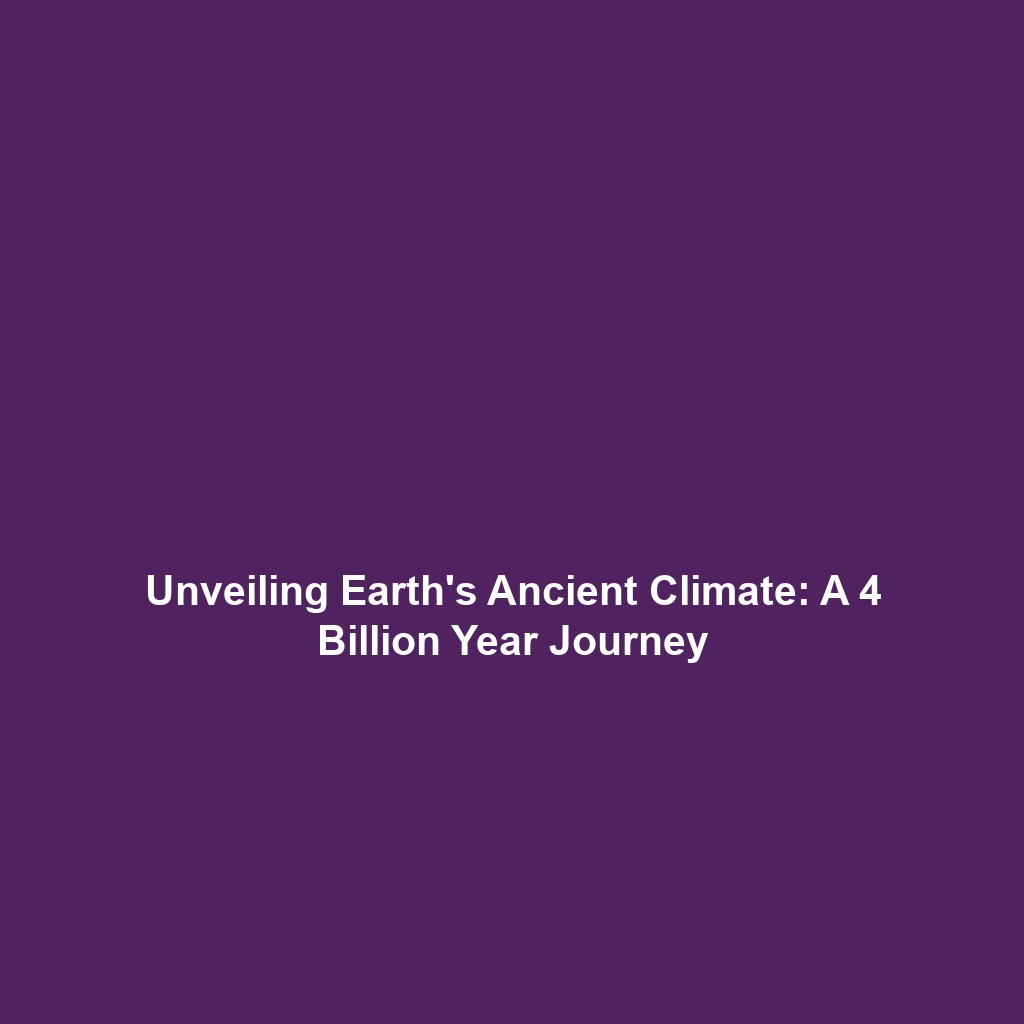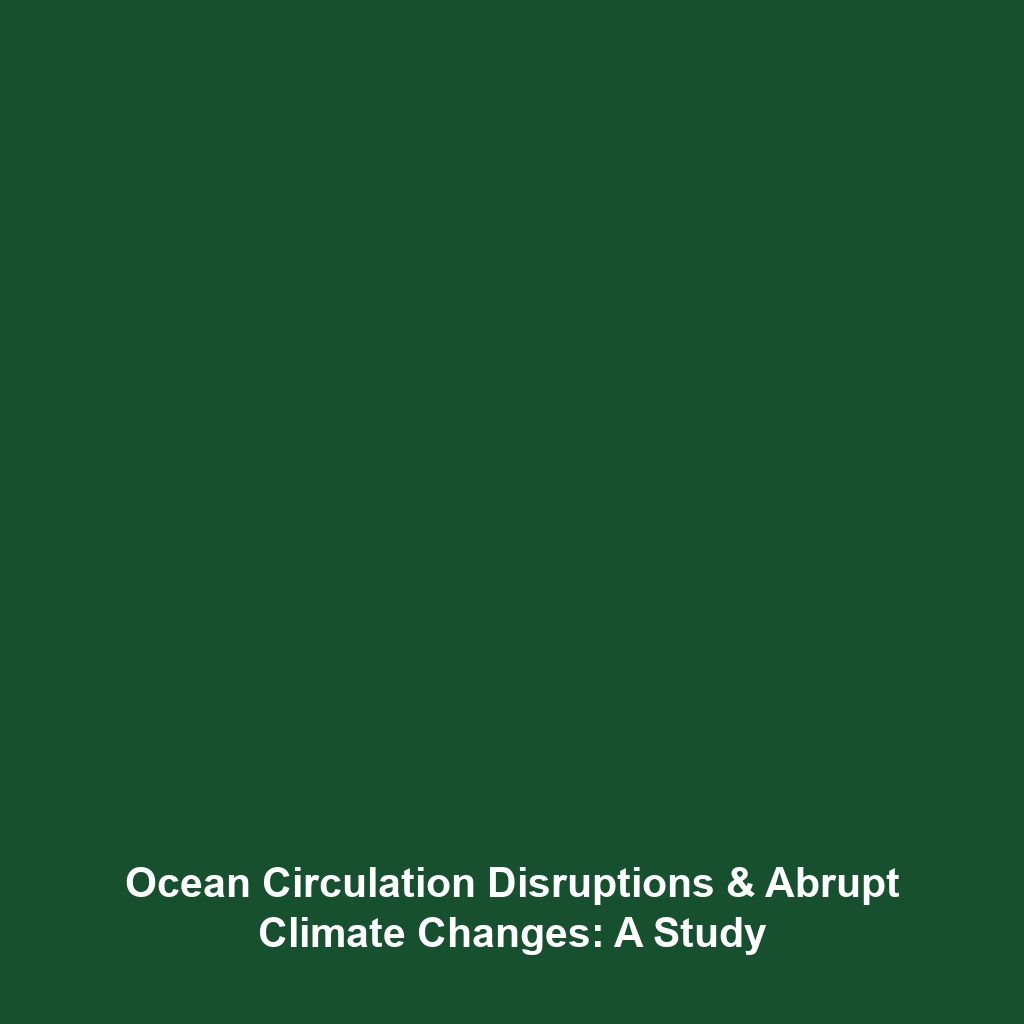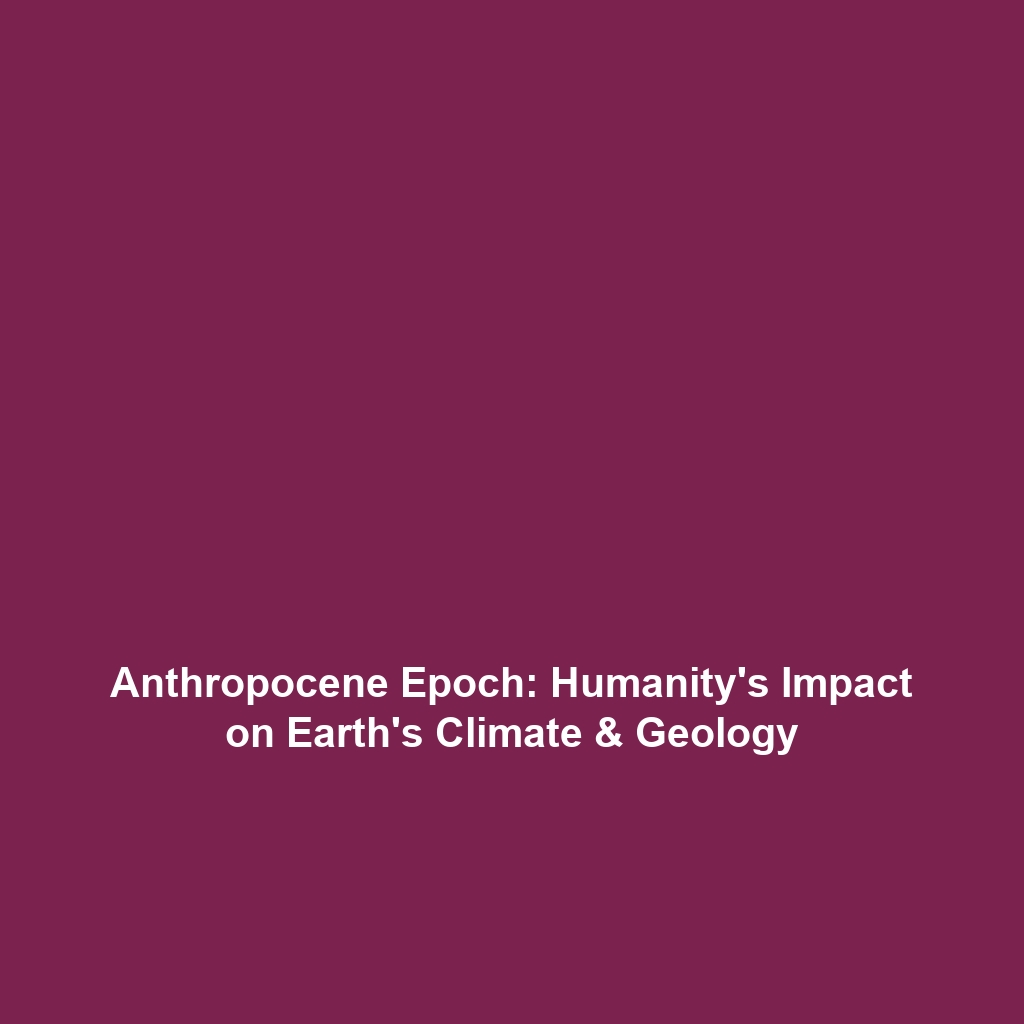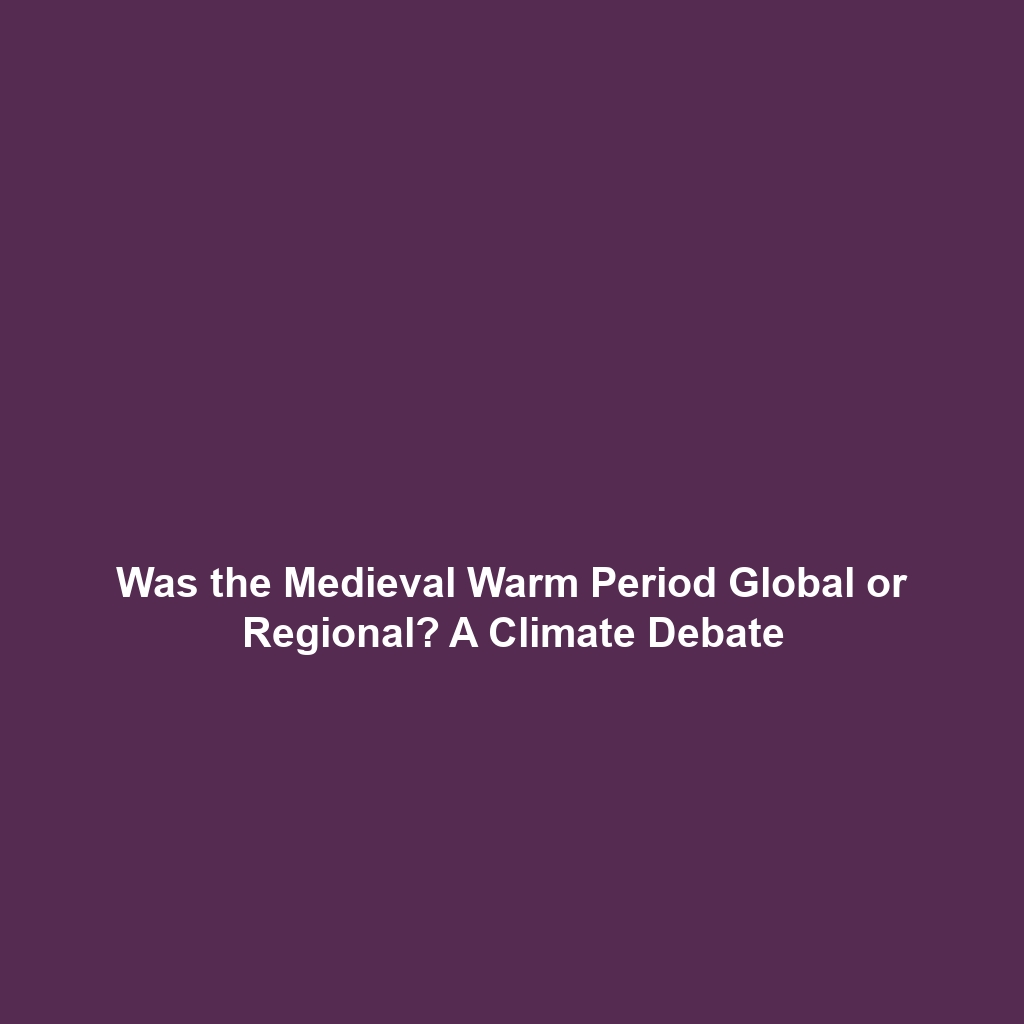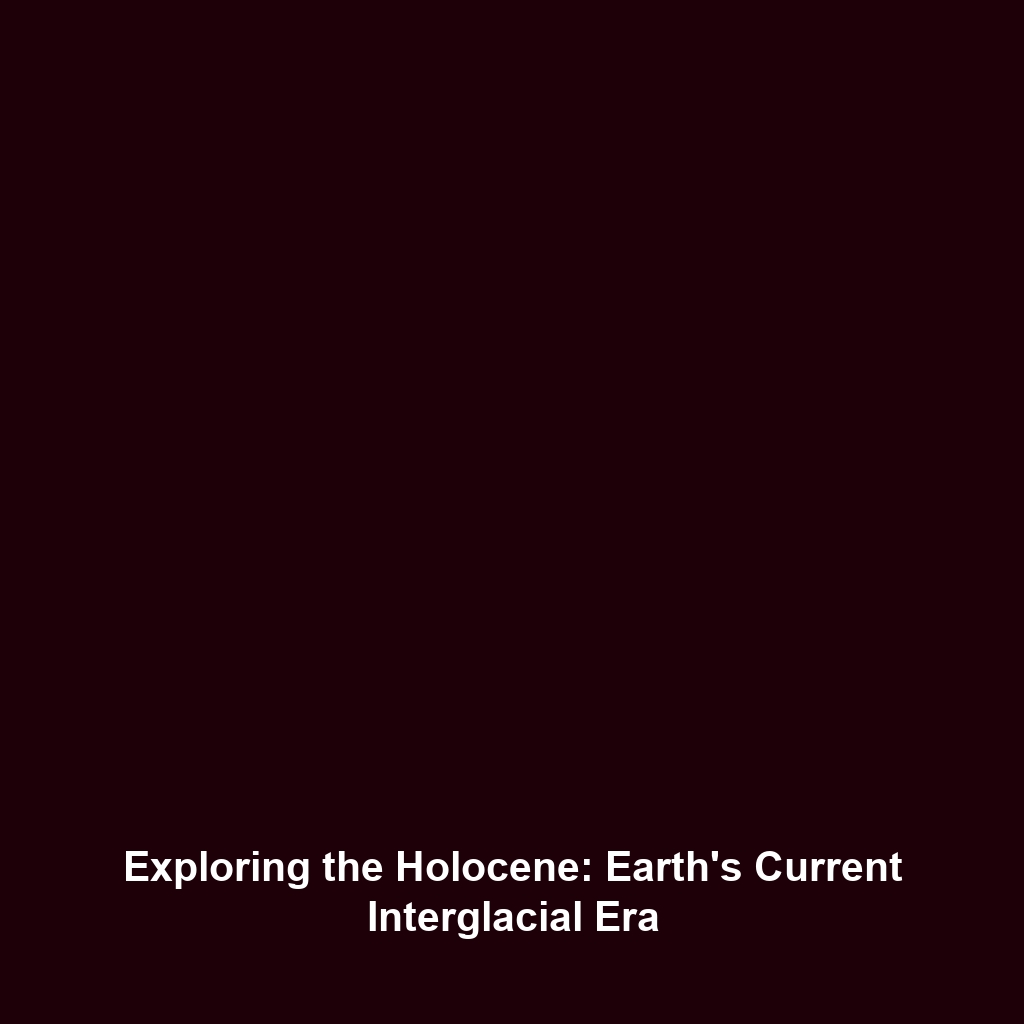The Eruption of Mount Tambora in 1815 and the Year Without a Summer
The eruption of Mount Tambora in 1815 stands as one of the most significant volcanic events in climate history. This catastrophic incident not only reshaped the landscape of Indonesia but also elicited profound climatic repercussions globally, notably leading to what is famously termed the “Year Without a Summer” in 1816. Understanding this event is crucial as it exemplifies how natural phenomena can trigger widespread changes in climate, agriculture, and societal stability. Through exploring its impacts, we gain insights into the interconnectivity of volcanic activity and climate systems.
Key Concepts
Several key concepts can be derived from the eruption of Mount Tambora and its subsequent impact:
- Volcanic Eruptions: These natural disasters release vast amounts of ash and sulfur dioxide into the atmosphere, which can influence climate patterns significantly.
- Ash Cloud and Global Cooling: The ash cloud produced by Tambora obscured sunlight, leading to substantial drops in temperature across the Northern Hemisphere.
- Climate Feedback Mechanisms: The interplay between volcanic activity and climatic responses underlines vital principles within climate science, such as feedback loops that can either amplify or mitigate environmental changes.
This incident exemplifies critical lessons in climate history, affirming the necessity for a broader understanding of how such events shape our climate narratives.
Applications and Real-World Uses
The eruption of Mount Tambora and its aftermath have significant real-world applications within climate history, particularly in preparing for and understanding future climate anomalies. Notable uses include:
- Climate Models: Insights gained from studying past volcanic eruptions help enhance climate modeling and predictions.
- Agricultural Planning: Understanding historical climatic impacts allows for better preparedness in agriculture against potential future disruptions.
- Disaster Preparedness: Evaluating the effects of past eruptions assists governments and organizations in developing robust emergency response strategies.
These applications underscore the importance of studying how the eruption of Mount Tambora influences climate history and its implications for contemporary climate issues.
Current Challenges
While the study of the eruption of Mount Tambora offers rich insights, several challenges exist in its application:
- Data Limitations: Historical data on climatic conditions are often sparse, making precise models difficult.
- Geographical Variability: Different regions respond differently to climatic shifts, complicating the understanding of uniform effects.
- Public Awareness: There is a lack of public engagement regarding the historical significance of such climate-events and their relevance to current climate change discussions.
Future Research and Innovations
The eruption of Mount Tambora continues to inspire future research aimed at better understanding volcanic impacts on climate. Innovations in the field include:
- High-Resolution Climate Models: Development of sophisticated models that incorporate volcanic activity to predict future climatic changes more accurately.
- Geochemical Analysis: Enhanced techniques for analyzing geological samples to understand the long-term effects of volcanic eruptions on climate.
- Public Policy Integration: Research aimed at integrating findings from climate history into modern policy frameworks to better prepare societies for climatic shifts.
Conclusion
The eruption of Mount Tambora in 1815, which instigated the “Year Without a Summer” in 1816, remains a pivotal event in climate history. Its far-reaching implications on climate science, agriculture, and societal structures highlight the intricate connections that govern our environment. Continued research into such historical events is vital, as it informs both our understanding of climate change and our strategies for future preparedness. For more insights into climate events and their implications, explore additional topics on our site related to climate models, volcanic impacts, and historic agricultural changes.

